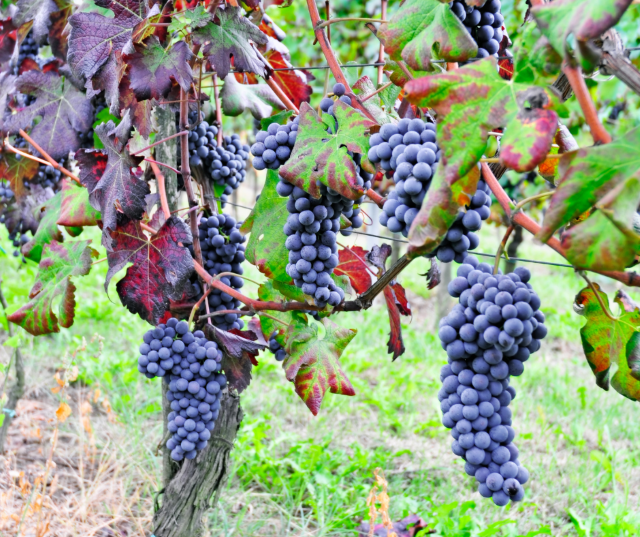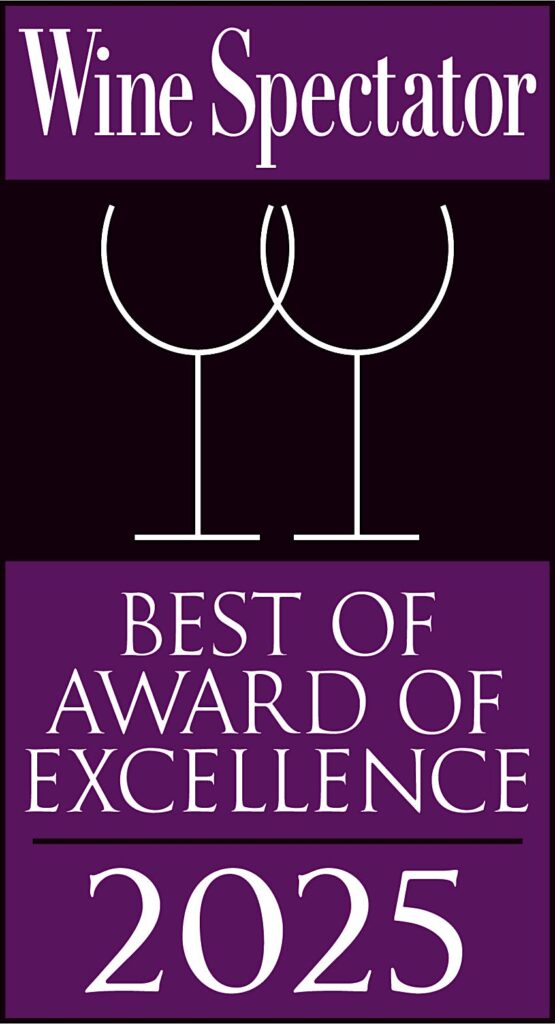Introducing Italy’s tannic treasure – Nebbiolo!
The Nebbiolo grape is one of Italy’s oldest native varietals, dating back to at least the 13th century, possibly even later. The Nebbiolo grape is native to Piedmont, a region located in northwestern Italy that is surrounded on three sides by the French Alps. Piedmont is known for its rolling hills and mountainous terrain, which play a major role in the success of the Nebbiolo grape here.
 Nebbiolo is mostly grown in Piedmont, but there are also small plantings in Lombardy and a few regions abroad, including the U.S. and Australia.
Nebbiolo is mostly grown in Piedmont, but there are also small plantings in Lombardy and a few regions abroad, including the U.S. and Australia.It is believed the name Nebbiolo is derived from the word nebbia, meaning fog. Some think this association rose from either the heavy fog that settles over the mountains of Piedmont during the fall or from the foggy film that covers the grapes when they near maturity.
The Nebbiolo grape is famously finicky, making it more difficult to grow than other varietals. They typically bud very early and ripen very late, making the fruit vulnerable to both spring frosts and autumn rainstorms. To fully ripen, the grapes need a long, dry season. Furthermore, the vines require specific growing conditions regarding soil type, altitude, and sun exposure.
For all the challenges growers face with the Nebbiolo grape, the wines produced with it make it well worth it! Nebbiolo grapes are used to produce several different wines, the most notable of which are Barolo and Barbaresco. Both of these are some of the most popular and sought-after varieties of Italian wine.
Barolo
Barolo is the more famous of these two wine styles. It is made exclusively with Nebbiolo and can only be produced within the Barolo DOCG, an area consisting of 11 communes in the Langhe hills of Piedmont. One of this wine’s most unique characteristics is the ability to showcase distinct terroir and microclimate between different Barolos.
Barolos garner great attention from Italian wine enthusiasts for their age-worthiness. They can be enjoyed while still relatively young, but for the deepest, most complex expression of the wine, it’s best to enjoy them after at least 10 years of aging. Young Barolos are usually bright and fruity with almost aggressive tannins that require decanting to soften. Once aged, the wine showcases a bold yet nuanced personality with layered notes of dried cherries, figs, herbs, leather, mushrooms, rose petals, cedar, rust, and tar.
Barbaresco
Barbaresco is another purely Nebbiolo wine, also from Piedmont. The Barbaresco DOCG sits adjacent to the Barolo DOCG in Langhe. It is said that if Barolo is the king, Barbaresco is the queen. While the two share many similar characteristics, Barbaresco offers a distinct identity all its own.
The proximity of the Tanaro River to Barbaresco vineyards helps moderate the climate and encourages Nebbiolo grapes grown here to mature slightly earlier than those in the Barolo DOCG. This results in wines with softer tannins, making them more accessible in their youth while still maintaining the structure and complexity to make Barbaresco an age-worthy wine. Young Barbaresco wines carry aromas and flavors of rose petals, cherries, anise, and warm spice. With age, Barbaresco wines develop rich notes of leather, tobacco, truffle, and forest floor.







